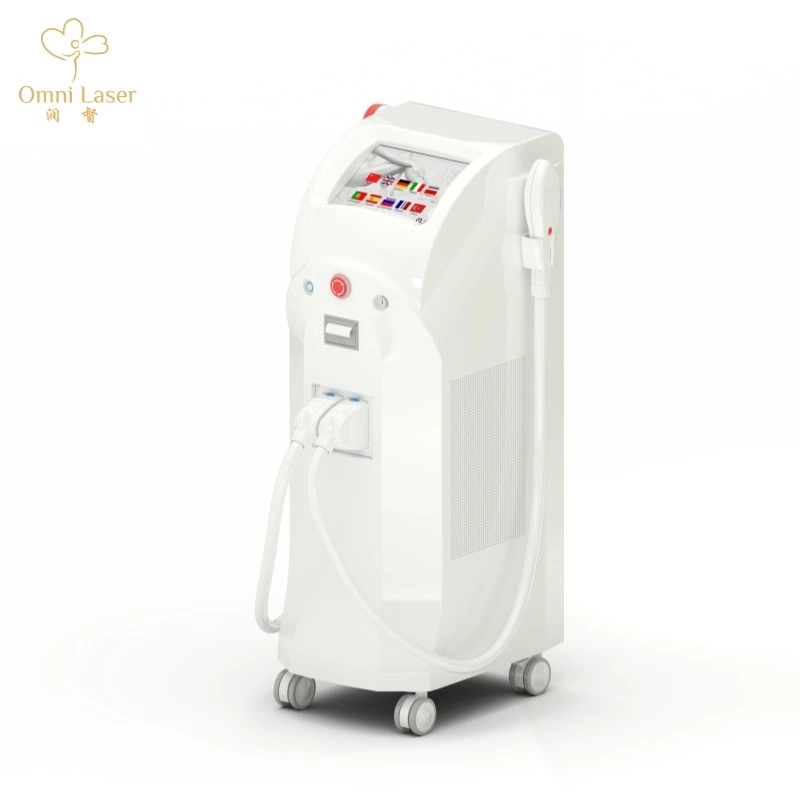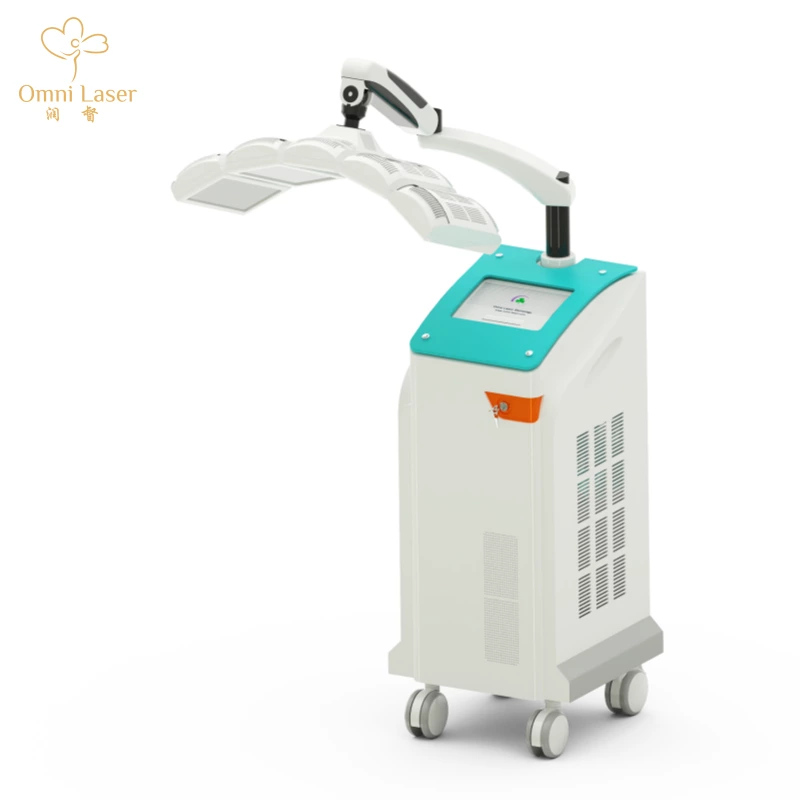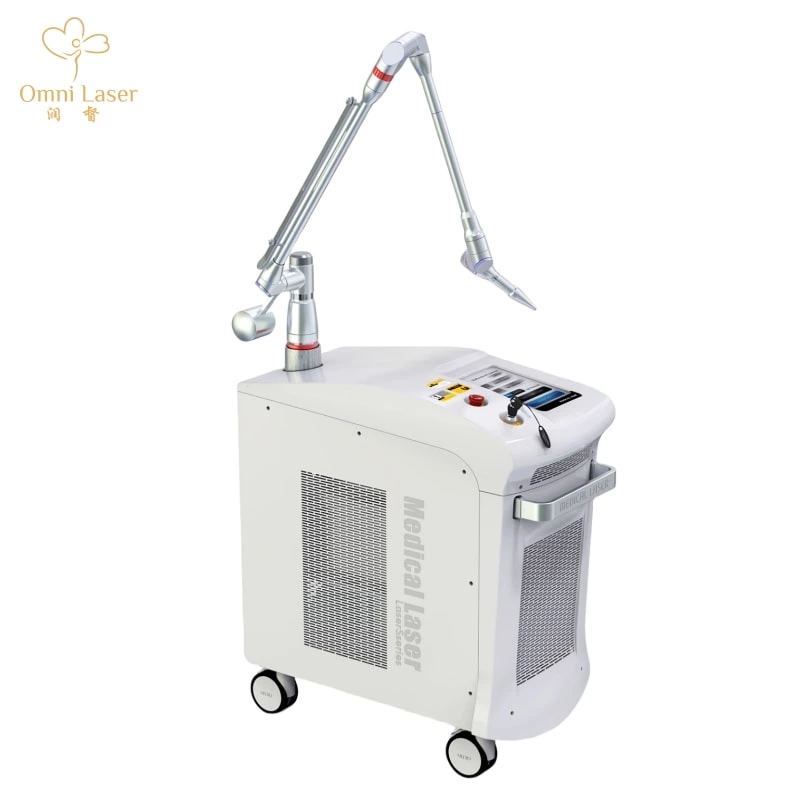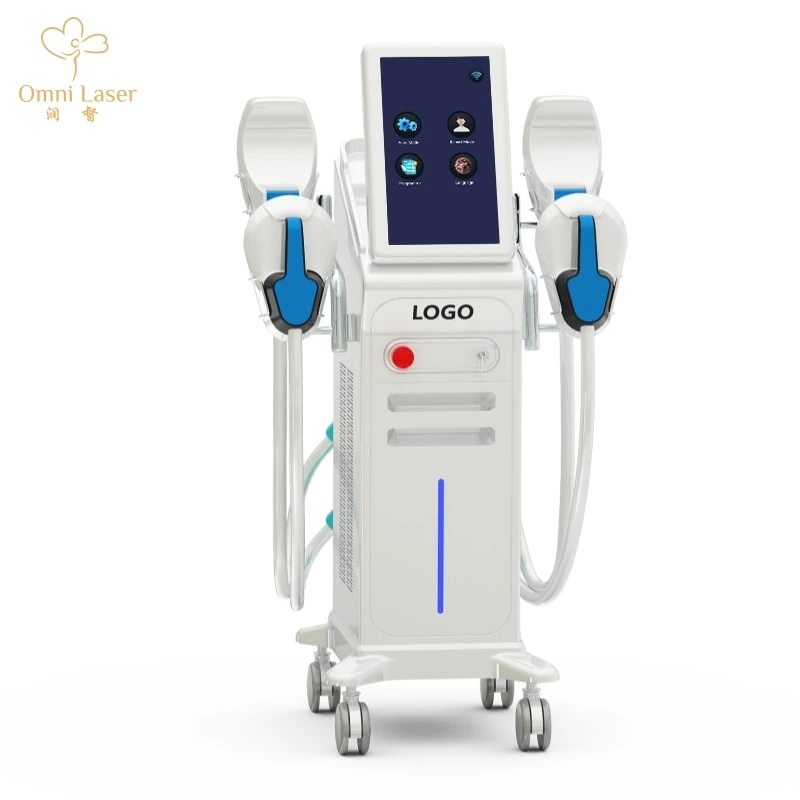An Overview Of Q-switched Laser Machines: Principles, Features, And Applications
Introduction:
Q-switched laser machines have become a cornerstone in dermatological and aesthetic procedures due to their ability to precisely target pigments in the skin. Known for their power and precision, these lasers provide an efficient, non-invasive solution for treating skin conditions, particularly those related to pigmentation.
Working Principle:
Q-switched lasers operate on a technique known as "Q-switching," which refers to the production of high-intensity laser pulses in extremely short durations (nanoseconds). These pulses are created by using a device within the laser that stores energy and releases it in a controlled, timed manner. The short duration of the pulse allows for the energy to be delivered in a concentrated form, effectively breaking down pigments without generating heat that could damage surrounding tissue.
The principle behind Q-switched lasers is selective photothermolysis. This means that specific wavelengths of laser light are absorbed by the pigment in the skin (such as melanin or tattoo ink), causing the pigment particles to shatter. The body then naturally clears away the fragmented pigment over time through its immune system.
Key Features:
- Pulse Duration: The laser emits pulses in nanoseconds, allowing for controlled and precise treatment of the target area.
- High Energy Output: Despite the short duration, Q-switched lasers can deliver high-energy pulses capable of breaking down pigments.
- Variety of Wavelengths: Different wavelengths are used to target different pigments. For example, shorter wavelengths target superficial pigments, while longer wavelengths penetrate deeper into the skin.
- Non-Ablative: Q-switched lasers do not remove the outer layer of skin, making the procedure less invasive and reducing recovery time.
- Spot Size Adjustability: This allows the laser to be adjusted for larger or smaller treatment areas, depending on the patient's needs.
Applications:
- Tattoo Removal: Q-switched lasers are highly effective for removing tattoos of various colors by breaking down the ink particles without damaging the surrounding skin.
- Pigmented Lesion Treatment: Conditions such as melasma, age spots, and sun spots can be treated with Q-switched lasers by targeting excess melanin in the skin.
- Skin Rejuvenation: These lasers can stimulate collagen production, which helps reduce fine lines, wrinkles, and improve skin texture.
- Vascular Lesion Treatment: Q-switched lasers can be used to treat vascular lesions like spider veins or hemangiomas by targeting the hemoglobin in blood vessels.
- Acne Scar Reduction: Q-switched lasers help reduce acne scars by stimulating the skin's natural healing processes, improving the appearance of the skin over time.
Conclusion:
Q-switched laser machines are a powerful tool in both medical and aesthetic fields due to their precision, effectiveness, and versatility. Their ability to deliver high-intensity pulses without harming surrounding tissues makes them a preferred choice for non-invasive treatments. As technology advances, Q-switched lasers continue to evolve, offering improved results and broadening the range of conditions they can treat.
In summary, the Q-switched laser's unique capability to target pigments and tissues with such precision and efficiency has made it a popular choice for practitioners seeking to treat various skin conditions with minimal downtime and high patient satisfaction.






